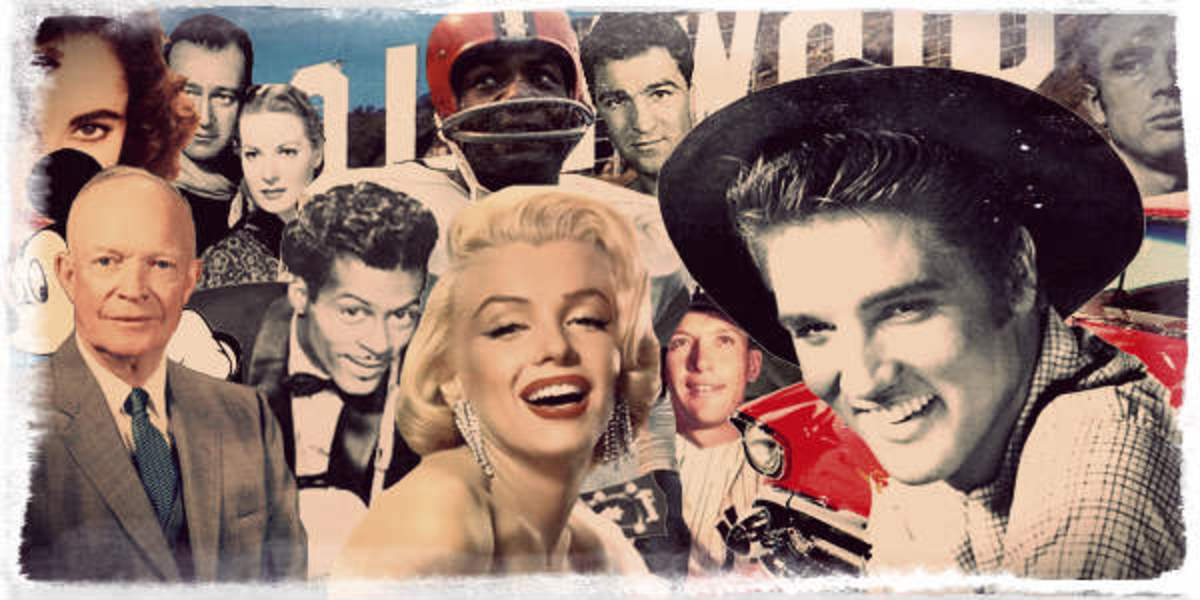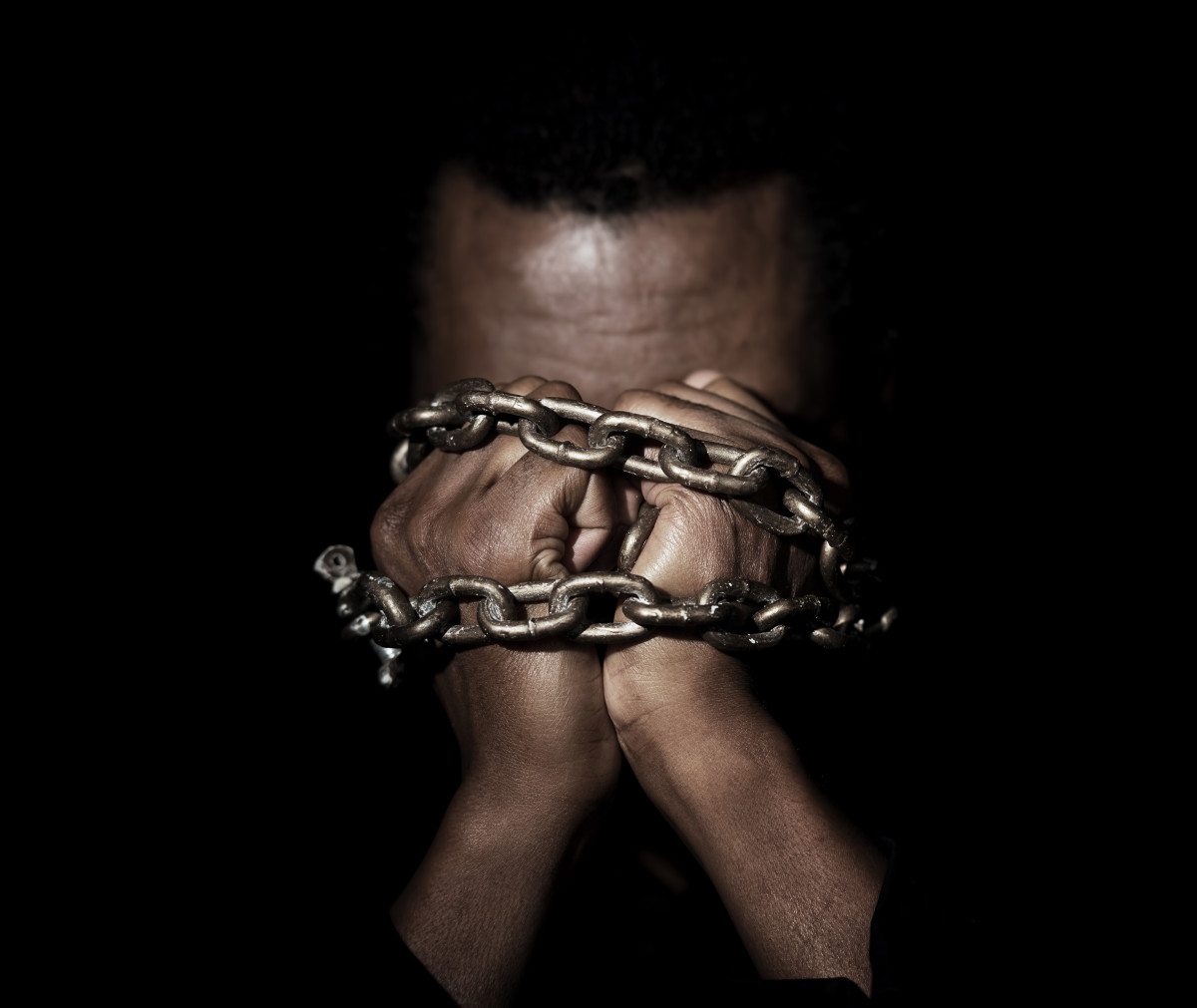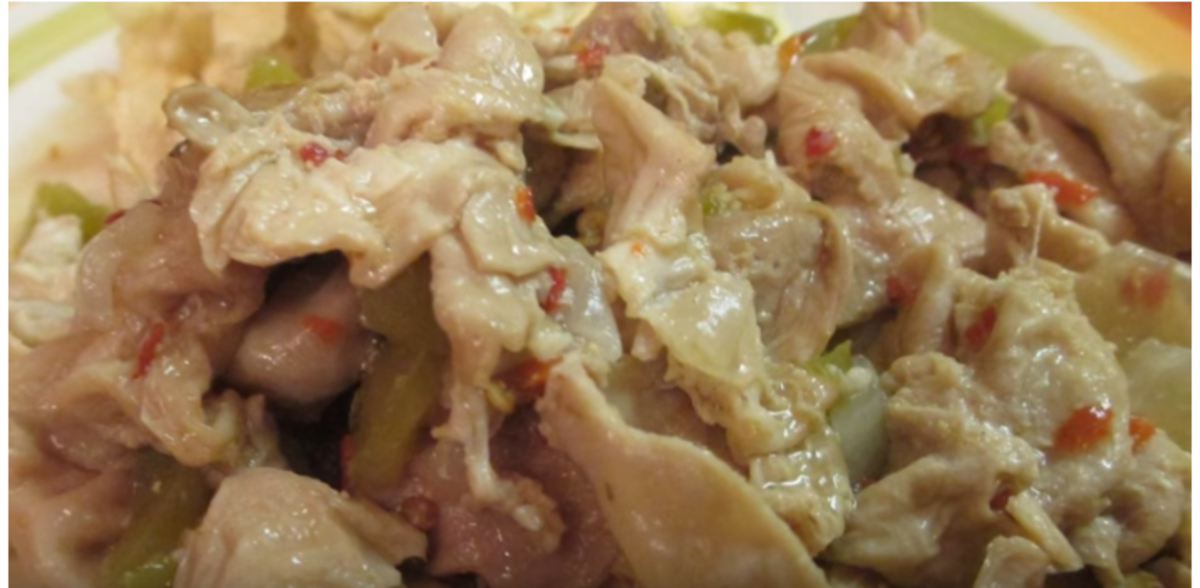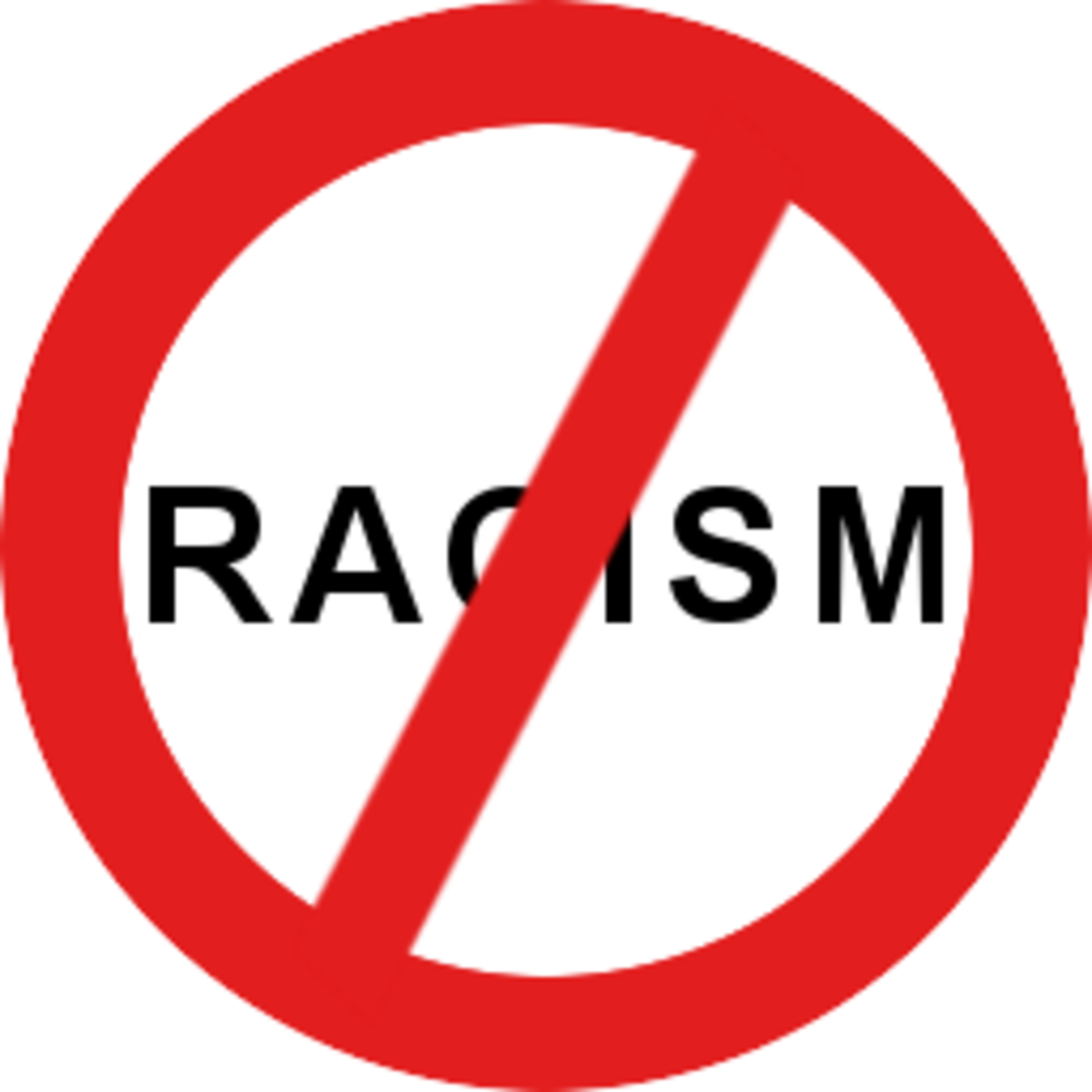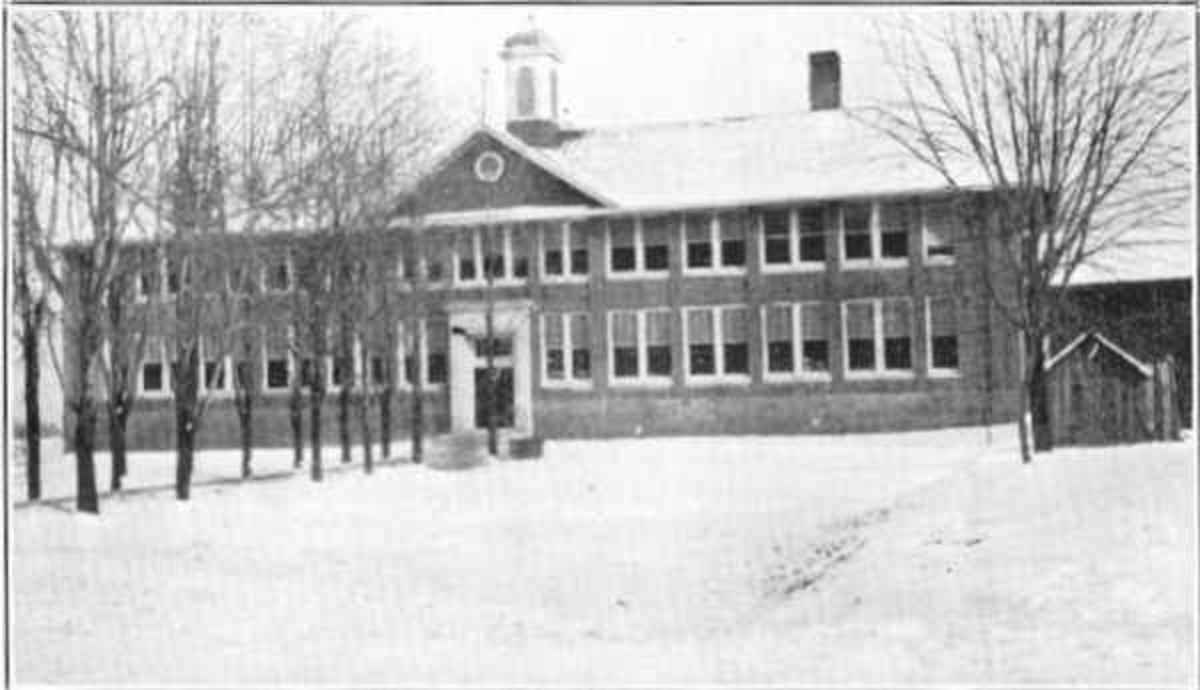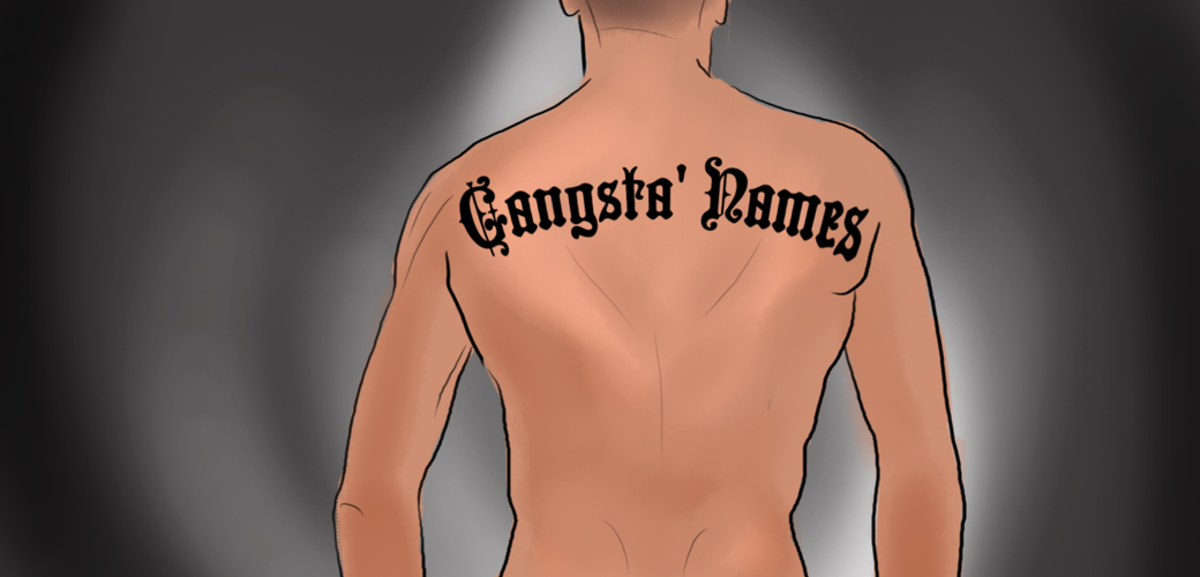Racism and the Orangeburg Massacre
Daytona Beach and Arlington Cemetery
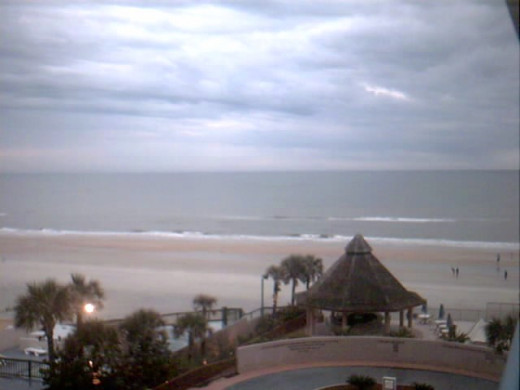
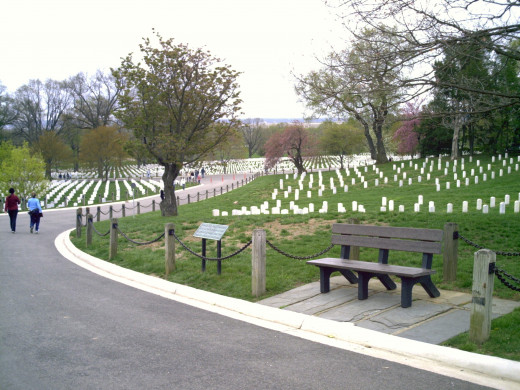
THE UNDERTOW OF RACISM HAS NO PLACE IN THE WORLD
If you ever had the opportunity to swim in a large body of water or one of the oceans, most likely you felt the unsuspecting tug of an undertow at your legs and feet. One moment there is the calm serenity of sparkling diamonds, reflecting a bright promising sun off of softly rolling waves. The senses have been purged of negative thoughts as you dive into a sea of normalcy, only to realize things aren’t what they appear to be. There is an undercurrent or perhaps a rip tide of sorts and no matter how hard you fight, your struggle seems relentless. How could life be so commonplace one minute and yet turn deadly the next? This scenario fits perfectly into the air of racism within the United States. Even in today’s climate, the pure evilness of bigotry and hatred are always just beneath the surface of an otherwise routine life.
WHEN NORTH MEETS SOUTH
I’m a firm believer that racism, biases, and bigotry are learned behaviors. I grew up in a home filled with acceptance and understanding for all people. My parents always looked for the goodness in others and never did they cast dispersions or slang names for any group of people. Circa 1958 – 1959 my mother had taken me on an educational tour of Washington, D.C. Mom became increasingly agitated and angry when a taxi driver was continually attempting to educate us “white northerners” in the use of every derogatory and demeaning description a person could direct at African Americans. I watched my mother reach a personal boiling point in record time when she first scolded the driver and secondly instructed him to stop the cab and drop us off. Needless to say, the cabbie did not get a tip.
DON'T YOU DARE TALK TO MY "COLORED HELP"
As an adult, I became friends with a business associate who, as a child, lived in a small southern town in Georgia where I had experienced my first harsh reality about hatred of African Americans. Our business relationship and being a part of history together was a prime example of us all being connected. For you see, when I was 7 years old and visiting in Hinesville, Georgia my aunt scolded me in front of her “colored help” because I was talking to this young lady. With my aunt’s finger pointing directly at this lovely woman who was busily preparing our dinner, I was told, “Denny, you see that woman there? Well, son, you are not to talk with, eat with and NEVER sleep with the coloreds! You understand me, boy?” I was mortified, frightened and even at my young age, I was sickened. I am now in my sixth decade and those words of ignorance and hate have never left me. In a strange twist of events, in the late 1970’s my company in Central New York had flown in our Field Representatives from around the country. It was decided we would all go to an upscale Irish tavern/restaurant for dinner and a chance to get to know each other. Andrew and I were the first to arrive and be seated. Eventually, everyone else showed up and we all placed our orders. Even though we were the first to order, our dinners did not arrive. I felt myself fuming with indignation and finally, I called over the waitress. I asked if there was a problem at our table or was our order simply misplaced? You see, Andrew was my friend, a co-worker and an African American.
NO BOY SCOUT UNIFORM FOR ANDREW
Those in our party were nearly finished eating when we eventually received our meals. This gave Andrew and me a chance to get to know each other better. I mentioned my Georgia experience and the town it happened in. Andrew’s jaw dropped. He sat across from me with a look of shock. He was born and lived in Hinesville, where his grandfather was a doctor. He went on to state that as a boy in the Boy Scouts, his dad had taken him to Savannah to purchase his uniform. These were Andrew’s words: “So dad had taken me to Savannah to buy me a Boy Scout uniform. It was a great day when all of a sudden my father told me to grab his hand, run and not look back. Well, of course, I had to look and marching right up the middle of the street was the Ku Klux Klan. When we got back home my father announced we were moving to Chicago and we left Hinesville immediately.” I called my great aunt in Georgia (she was now in her 90’s) and asked if she remembered Andrew’s family name. She thought for a moment and said she did recall his grandfather was a doctor, but he could only treat the “colored folk.” In my last conversation with my aunt, she said, “You know Denny Lee, I’ve changed some too with the times. I know you can talk and now eat with black people, but please don’t sleep with them.” I guess, in the Old South this is considered progress.
A BOWLING ALLEY SETS THE TONE FOR VIOLENCE AND SUBSEQUENT CHANGE
In February 1968, the city of Orangeburg, South Carolina, with a population of around 14,000 and home to South Carolina State was beginning to feel the winter’s heat of racial change and the white populace was not receptive to the idea. The stage was set for the drama that would play out in a life and death scenario. The main prop was a bowling alley and the stars were young African Americans and the villains were the racially charged white business owners and white policemen. Over a three-day period, actions resulted in deadly reactions.
ARRESTED, KILLED AND WOUNDED BUT NOT FORGOTTEN
The All Star Bowling Lanes had rigorously fought to remain segregated until a South Carolina State junior decided to change the status quo. On February 6th, the student organizer and fellow students entered the bowling alley and proceeded to sit at the counter. Every item they touched was thrown in the garbage, including a salt shaker which ultimately became symbolic of a race being treated as though they were less than human. While not being deterred, John Stroman, the student organizer explains, he went over to the jukebox and touched it. He then said to the owner, “Now throw this in the trash can.” The owner became enraged and called the police. On the second evening, the student protesters were met by local and state police. Bricks and rocks were thrown at the bowling alley while numerous students were beaten and bloodied by law enforcement officers and over a dozen arrested. It was a cold night on February 8th as the student protesters lit a bonfire which resulted in police and fire personnel being called to the scene. 100 students fled to the campus when someone threw an object and hit a policeman. Soon more than 70 policemen opened up with a barrage of bullets from shotguns, revolvers, and carbines. When the melee ended, three students were dead and twenty-seven had been seriously wounded. The Orangeburg Massacre was the first of its kind on a United States college campus.
FOUR DEAD IN OHIO AND NO MENTION OF THE ORANGEBURG MASSACRE
Unlike Kent State when the National Guard killed four white students and wounded nine others on May 4, 1970, the media remained fairly quiet surrounding the killings and shootings at South Carolina State. No songs were written or sung on nationwide radio stations. Basically, the Orangeburg incident was brushed aside and almost forgotten until the documentary “Scarred Justice: The Orangeburg Massacre 1968” was produced and started being shown on college campuses. Personally, I believe every high school history class should incorporate this into their study of the Civil Rights Movement.
The Carnage Continues
Since writing this article, the killing of African Americans has continued, with little to no repercussions for those who have murdered unarmed victims. The downward spiral is in free fall mode now and I don't see it ending positively.
Tom Brokaw Highlights The Orangeburg Massacre 1968
A PROUD MOMENT IN A CHILD'S POOL
My oldest daughter was only about 4 years old as she splashed in her wading pool on a hot summer day. Heather’s beautiful strawberry blond hair hung in ringlets, similar to Shirley Temple’s. Two little rich sisters who lived a couple of doors away came over to join in the fun until Derrick; a boy in their same age group put his feet in the water. Both sisters jumped out of the pool and loudly exclaimed, “Eww!” My daughter immediately placed her hands on her tiny hips and replied, “Derrick is black and so what!” I peered through the sliding glass doors with so much pride I thought my heart would jump out of my chest. My question to everyone all these years later is simply why are we unable to find the wisdom in a child’s words and just say, “So what?”
WRITTEN BY: DENNIS L. PAGE

